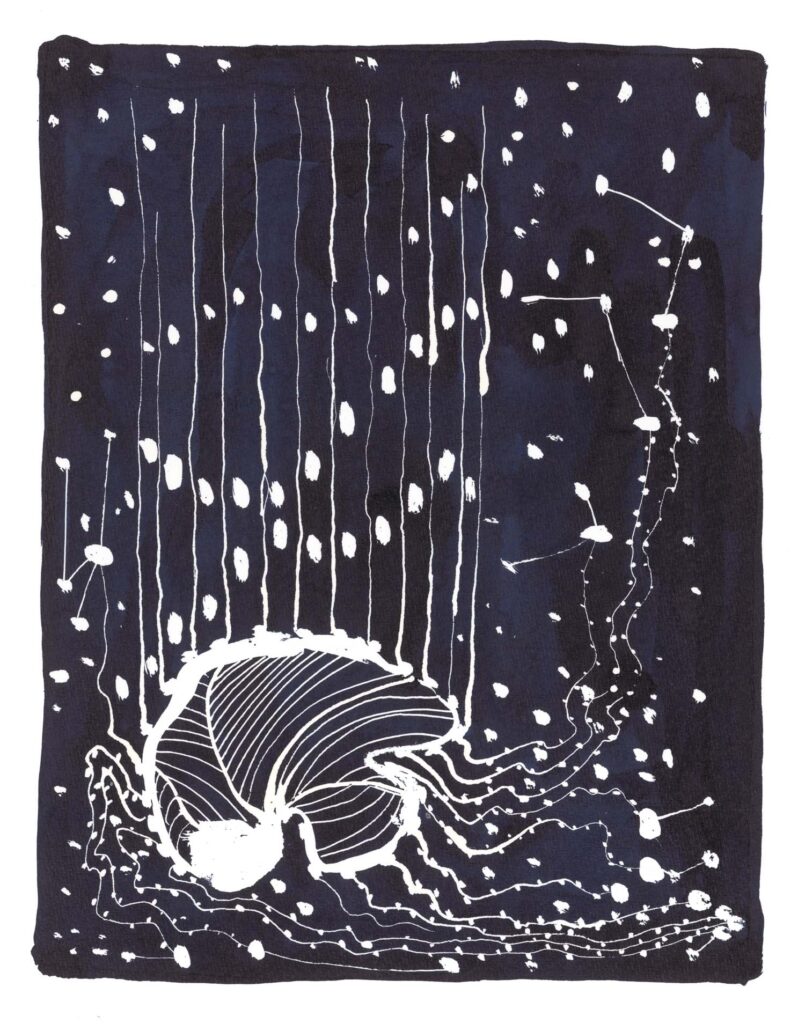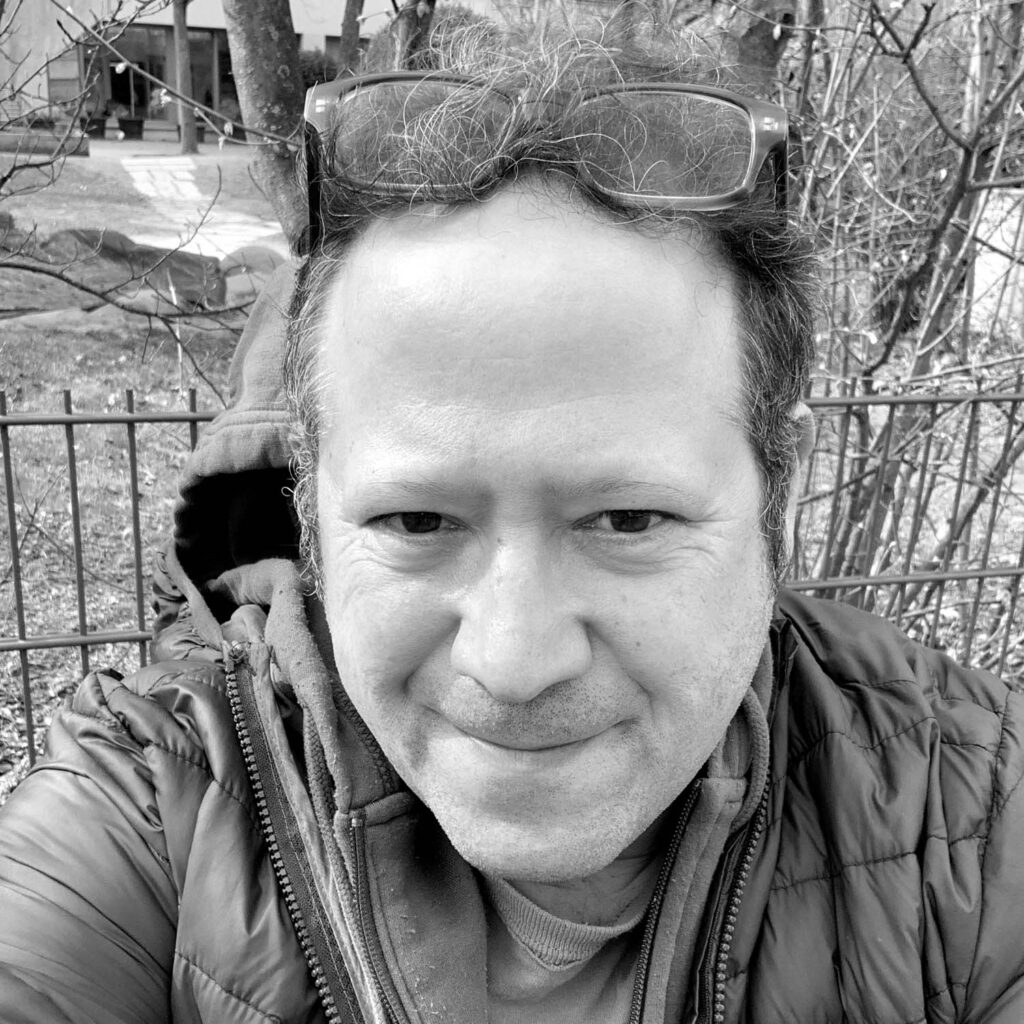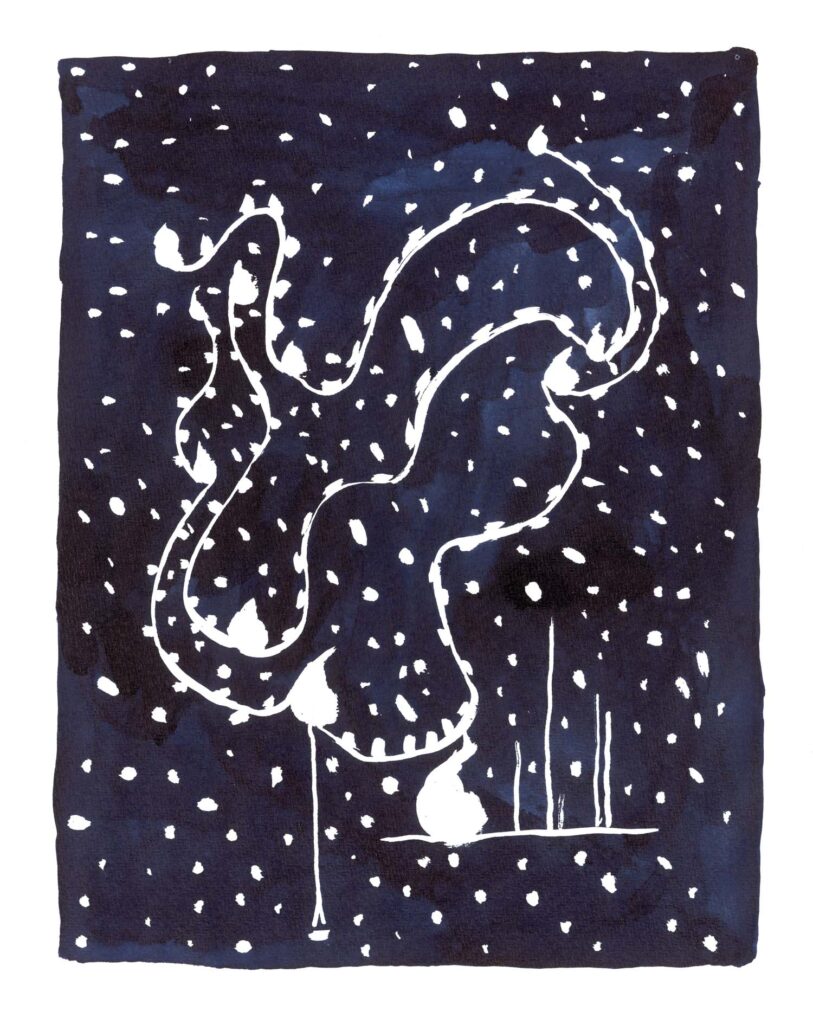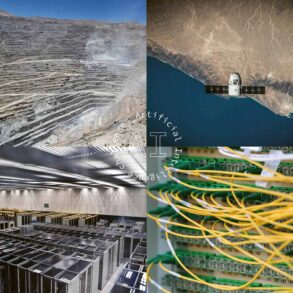All that is is being: the house, the mountain, the tree, the car, or the dog, as well as the fingernail or the hand, everything is being. From the elemental to the high spiritual, the beings weave into each other, they are and create the collective work that we call creation.
For our consciousness, their relationships are subject to a simple basic law: what is a unity in the spiritual world is a multiplicity in the physical; what appears as a unity in physical existence is a multiplicity in the spiritual. Thus, the essence of the plant appears spiritually as a unit, the primordial plant, and in the physical as a multiplicity of different plants. In the physical, however, a plant, for example, the rose bush on the wayside, appears as a unit, but as a spiritual reality, it is the action of the beings of the sun, the earth, the water, the minerals, life, the air, etc. But because a being is where it works, or because a being is a certain way of working, the plant, like any other single physical appearance, is a spiritual diversity. Every ‹thing› is a spiritual diversity, a rich network of work in which no emptiness can be found. In other words, there is nothing that does not exist, everywhere where something exists, there is someone, there is existence, work, being. Being nothing is nowhere to be found.
‹In my father’s house› there are no empty rooms. But what is it like when a being does not unfold its activity, when a being withdraws and does not work, i.e. is not as it should be (there)? What happens to the empty space of activity in creation? What are the consequences of a spiritual vacuum, a spiritual emptiness in the true sense? What is the reality of ‹horror vacui›, the ‹fear of emptiness›, nature’s aversion to emptiness, and the need of artists of antiquity to fill empty spaces?

Where something is not done, something else takes place. If the apartment is not tidy, chaos takes place, if the encounter is not carried out, loneliness unfolds, if the word is not pronounced, silence arises, thinking is not unfolded, then stupidity spreads. So the ‹horror vacui› is real; when an activity does not take place, a space opens up in which another activity, another being, can expand. Someone else moves in and unfolds his actions and being in the wrong place, in a habitat that is unjustified for him. Sucking, the spiritual vacuum seduces other beings to expand their work there, so that their own measure is exceeded; that which is good and right in a certain cosmic way becomes monstrous when it grows beyond its necessary space of existence: it becomes a plague. The essence of the plague is the activity in which a being expands its legitimate dimension to a catastrophic degree. The fact that the disaster may be necessary to restore a balance in a dynamic way does not make the disaster any less catastrophic.
Covid-19 is a symptom of the current plague that also pervades our relationship to the world, to truth, and to reality, to feeling and morality; it is a reality, a certain event, a behavior, i.e. a being. There is no question that this being has a justified existence in its diversity. However, there is no question that it has unfolded oversized. This panicked, Dionysian event – ‹pan› means the ‹all-encompassing› – has come so far out of its place in the cosmos that, like the Bacchants, it threatens to tear everything apart. We ourselves stand in front of it, like a derailed train, with the certainty that this event is not easy to stop. It has to be, as they say so vividly in English: ‹run its course›. But the question becomes imperative: What is the vacuum that made this oversized derailment possible, even necessary? What essentially did not take place? What mental activity has receded, has stepped away from us, creating the vacuum in which the essence of Covid-19 has had to develop extraordinarily and disproportionately?
New Religious Wars
Anyone who was able to escape the monkey dance of opinions and listened to the events of recent years can see that, in addition to the painful loss of human life, it is the truth that emerges as a victim of the plague. Of course, it is not about the truth as such, it is inviolable, but about the human ability to recognize the truth, to pursue it thoughtfully. It is the ability to distinguish between what I have recognized and what I do not know, what is lost to the highest degree on a daily basis. In a devilishly ingenious, regressive train of the adversarial powers within us, we have again landed in a kind of medieval religious war. It seems that the truth is no longer accessible through the thinking of the individual mind, but has become a matter of faith and confessions. Whether we are for or against vaccinations, whether we belong to the believers of science or adhere to other theories, we all no longer distinguish, or only with extreme difficulty, between facts and fantasies, between what we know and what we believe in. Of course, there is nothing new about this, it is a process that has been accelerating for years, but it has reached a mega dimension that can be described as a pan epidemic in its monstrosity.

If I allow myself to be touched impartially by this fact, then I realize that this proportionless nature of the plague is essentially linked to the question of truth and facts, i.e. thinking and perception. In my mind’s eye, a multidimensional shift in the relationships between thinking, perception, information, and knowledge appears to me, which has been building up for years but is now coming to a certain climax. I can see how the pandemic is not so much connected to what we are doing, but to what we have not done step by step, almost unnoticed. It is us, the people, who have created a mental vacuum that has inevitably inflated the being I am allowed to call Covid-19 into panicked dimensions.
I can observe a shift in human experience that has decoupled thinking and perception so that significant parts of daily perceptions have become categorically inaccessible to thinking. A whole range of perceptions has emerged, with which I basically cannot connect mentally. Where thought should begin its actions, it is not possible, so that an essential spiritual action does not take place. Where it should take place, only a mental vacuum can be found. To understand this, we must briefly and repeatedly recall the relationship we have with the world as discerning beings.
Experiences without thinking
The world of nature as well as the objects created by humans appears to us as a perception through our physical organization. But what eludes us through the same organization are the thoughts, the essence of the things, what makes the things what they are, that is, their spiritual reality. We have to bring these back and forth to perception, on the path of mental intuition. So our thoughts are a kind of spiritual reflection of the aspect of things that underlies them beyond the one-time moment of perception. Thoughts are in our consciousness the shadow image of what is essential in things. In other words, thoughts are in things and inseparable from them. An oak tree is what it is because the law of the oak as an active thought system unfolds its activity on it, otherwise, it would only be a bunch of substances. The same applies to the flower, the bus, or the mountain as well as to every single mineral. It is the working being that reveals itself to me through the thinking of what and who it is. If I connect the thought gained with the given perception, then I recognize the world. Thus, recognition is a restoration of the relationship between experience and thought, the unity in which things are and which was first lifted only by my delimiting sensual constitution in my conscious experience of the world.

Reality and Representation
But if you have never smelled the smell of the sea, you will never be able to deduce the salty-moist experience from a screenshot. If I have never seen the sea, then the essence of the sea can only be brought closer to me as an analogy and comparative remembrance. If I perceive a photo, then the being is unapproachable to me or only accessible to me on the detour of memory. («Although it doesn’t breathe, this accumulation of pixels on the screen reminds me of a face, it looks like …») Experiences and information translated into linguistic or optical representations are always images, so they are the turning away of the experience on the matter, an already pre-analyzed, shaped experience that excludes my thinking from the relation to the matter. When I think about information, photos, films, and descriptions, then I am enclosed in myself. I follow a logic that can be true in itself, but I do not relate to the world and its essence. I see something in a photo and can think about it. But then I think about a photo and not about a thing. The working thoughts that are in the matter are no longer accessible to me through perception and intuition. I can explain a photo analytically, but it never gives me the certain recognition of an immediate experience.
Because the information is not what it informs me about, the photo of Everest is not the mountain itself, the intuitive exchange between my thinking mind and the world either does not take place at all or only in a reduced form. I can’t really think about the limitless information that is served to me, I can only have opinions. («I don’t know, but I mean…») Forming an opinion means that I cannot recognize, renounce recognizing, at least for the moment, and instead form my opinion.
When I learn more about the world, for example online, than I experience in real life, then the mass of things I am informed about grows far beyond the abundance of my experiences and my mental thinking takes a step back. Instead of thinking about the world and thus entering into an intuitive exchange between inside and outside, I begin to construct opinions within myself, to put information together. But this is more of a mental occupation of the mind and soul than a mental activity. Where my mind withdraws from the inhalation and exhalation of the world, which is the act of knowing, an emptiness arises.
Due to the sucking space of this vacuum, which has taken on huge proportions due to the flood of information, images, and videos, the epidemic had to take on pandemic dimensions. There is so much that lies outside of our immediate thinking as information that we usually inform ourselves rather than embark on the work of cognition. Every decision and statement based on little experience is opinionated and thoughtless and contributes to this vacuum. The excess of finished knowledge, as text, image, or film, has banished our thoughts from the world, where there should be a giving self between us and things, it has produced the absence of the spirit. The expansion of another, a non-I, into the sucking free space thus created is the essence of the panicked plague, is the disease of the sphere of the relationship between the inside and the outside.
Sidenote
This momentous behavior of the mind and the world is particularly evident to the extent that the representation of the world lays claim to the truth. So it is rather the news, documentaries, newspaper reports, etc. that deprive the possibility of thinking. It is precisely this kind of representation that leads us to believe that it is more permeable, that it essentially lets reality through. Feature films and literary texts as well as music recordings are in themselves what they are, artificial representations that do not correspond to the world, but lie within themselves, which follow the logic of fiction. That is why they can also be judged for ‹what they are›. It is not for nothing that we always find the truth in literature and poetry rather than in daily newspapers. We can directly assess the sensory experience of a concert recording, even if we come to the realization that something is missing because it is not live music. The claim to truth that a representation makes is diametrically opposed to our ability to think through it. That is why Rudolf Steiner insisted, for example, that he had to speak in pictures.
In any case, the above reflections are not intended to encourage alienation from the technological world of reproduction, but on the contrary: if we know what is at stake and what we can or cannot actually do spiritually, then we are only free to treat it fairly.
All pictures from Zvi Szir










Well-written, well-thought. You have spoken of my experience as has very little else these days. Thank you. I am not without opinions and near-convictions about the pandemic, but am thankfully aware that I do not really know, am not actually clear about it all. I am nevertheless thinking about it, and incidentally, reading much – the POF again from the start, for example. It is becoming more and more transparent to me.